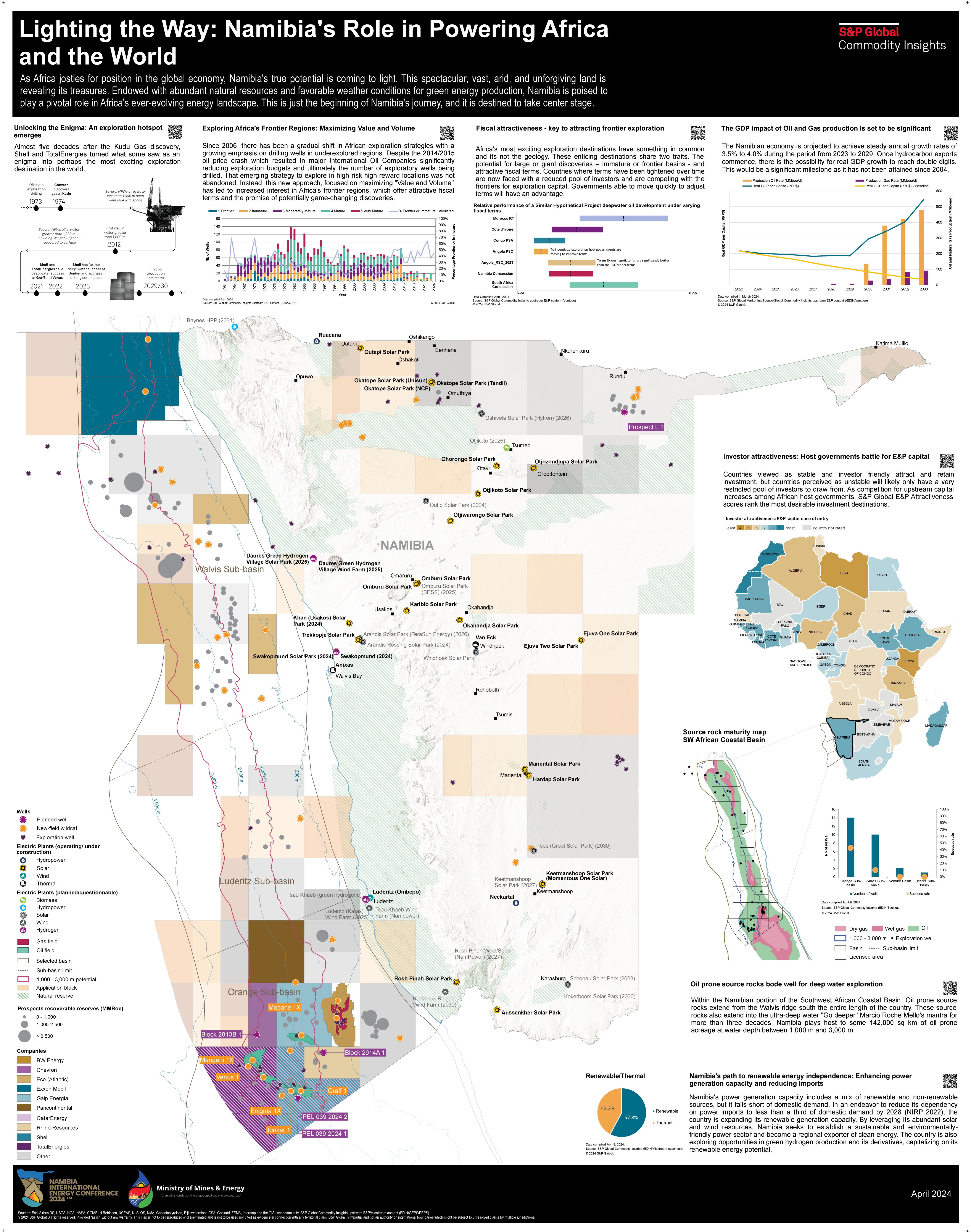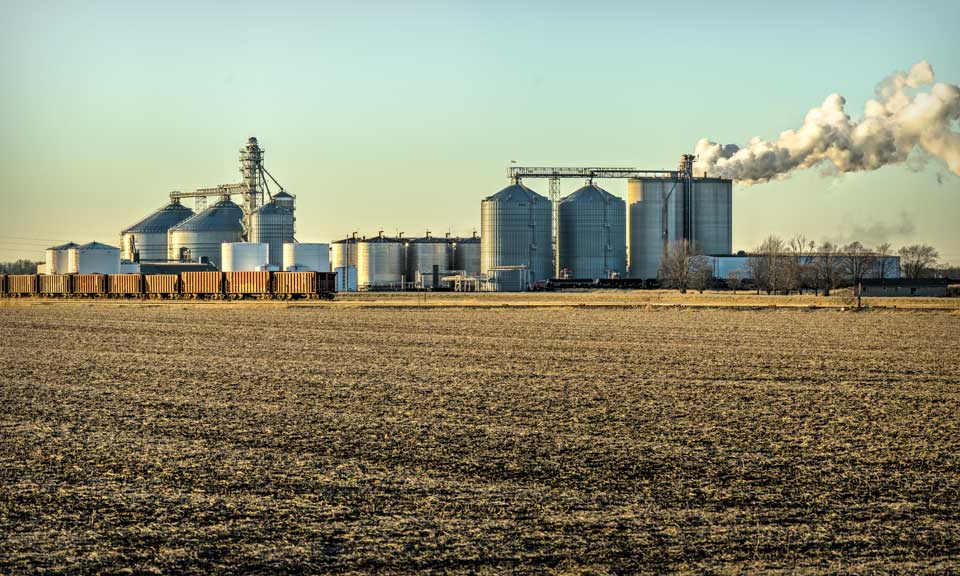Energy Transition Industry Fundamentals: Hydrogen, Renewables & Carbon Markets

This training course offers an overview of the energy transition, covering the different technologies that are being used to transition to a cleaner energy system and their market trends, with implications for energy companies. Learners will explore topics such as carbon markets, renewable energy projects, hydrogen market developments, and prepare to manage the risks of the transition.
REGISTER NOW
Dates
July 9, 2024 – July 11, 2024
Rates
Objectives
Get an overview of the energy transition landscape and the potential future of energy systems Evaluate the role of carbon markets in the energy transition Understand the role of hydrogen and its alternatives in the energy future Realize the importance of renewable energy and the various available technologies Assess the governmental and regulatory environments, and their impact on the energy transition economics
Venue
S&P Global
Thought Leadership
Sustainable Aviation Fuel is being blended with conventional aviation fuel in increasing percentages. Mandated blend volumes and voluntary targets across the globe are aiming to tackle the challenge of decarbonizing aviation. The S&P Global SAF-Jet fuel blend slider uses the month average Platts CIF Northwest Europe Jet cargo price benchmark and the CIF ARA SAF price assessment to show a representation of the blended price of aviation fuel.

Thought Leadership
As Africa jostles for position in the global economy, Namibia's true potential is coming to light. This spectacular, vast, arid, and unforgiving land is revealing its treasures. Endowed with abundant natural resources and favorable weather conditions for green energy production, Namibia is poised to play a pivotal role in Africa's ever-evolving energy landscape. This is just the beginning of Namibia's journey, and it is destined to take center stage. The 6th edition of the Namibia International Energy Conference 2024 takes place from 23 – 25 April 2024 in Windhoek, Namibia . Themed ‘ Reimagine Resource-Rich Namibia: Turning Possibilities into Prosperity ,‘ this influential event brings together policymakers, energy stakeholders, investors, and international partners to foster industry growth and position Namibia as a prime investment destination. Convened by RichAfrica Consultancy, the three-day flagship event is held under the patronage of the Ministry of Mines & Energy and in strategic partnership with the African Energy Chamber. S&P Global Commodities Insights in partnership with RichAfrica and the African Energy Chamber will be present at the event delivering insights into Namibia's role in powering Africa and the world. DOWNLOAD INFOGRAPHIC

Thought Leadership
The price wall visualizes 258 of the most important price benchmarks assessed by Platts across various commodities from crude through to chemicals, LNG and carbon. The wall shows the price performance of these benchmarks over 2023 based on their indexed value from the first day of trading. Click on the commodity button to isolate different groups of resources to see which performed best in 2023, a year that saw dramatic changes in trade flows and demand because of sanctions and price caps on Russian commodities and a recovering post-COVID global economy. Isolate individual benchmarks by clicking on the tile to reveal a unique QR code to navigate to specific Platts methodology pages and average price data for 2022 and 2023. Click to start exploring
Thought Leadership
Market values of European wind and solar output plummeted in March as oversupply pulled power prices lower, Platts Renewable Energy Price Explorer shows. Spanish wind and solar capture prices were hit hardest, averaging around Eur12/MWh, according to Platts assessments for S&P Global Commodity Insights. Capture rates fell to 56% for Spanish solar and 60% for Spanish wind, the lowest monthly level on record. Germany, Europe’s biggest market for both wind and solar with 16 TWh generated in March, saw average capture prices fall below Eur60/MWh. Capture rates ranging from 81% for solar to 92% for offshore wind. The Explorer shows the "capture price" renewable energy generators receive based on hourly output and pricing data on a monthly basis. As such capture prices take account of the cannibalization effect caused by Europe's growing fleet of solar and wind farms and are a more accurate reflection of value than average day-ahead wholesale power prices. Elsewhere, Italian capture prices remained highest due to the underlying power price premiums. UK wind captured over 100% of wholesale market values in March averaging above Eur70/MWh. Italian wind and solar values averaged highest, but output was the lowest. Overall, gains for solar were not enough to offset lower wind generation, which fell year on year for the first time since June. The 46 TWh generated by the over 330 GW of wind and solar in the five markets was down 4% on year. For further information, see methodology or contact ci.support@spglobal.com The dial chart shows monthly wind, solar, nuclear, gas and coal-fired generation across Europe's five biggest power markets. Click a segment for more detail.